Red House
This three-bedroom speculative residential development, is woven into the surrounding fabric of the city. The design began as an act of continuity, adopting familiar motifs from the adjacent houses. The result, however, is distinct and contemporary. The familiar arch is repeated but partially blocked to become a window, not the front door, with the latter hidden in the adjacent shadows. We enjoy this subversion: it brings the qualities of the existing houses into sharp focus as much as it quietly sets our new building apart from them. The arch is formed with a single piece of precast concrete – a material which allowed us to reveal its depth by casting a pattern within its surface (the pattern itself is taken from a common decorative Victorian floor tiling pattern). Referred to as ‘Ruskinian’ by Dr Timothy Brittain-Catlin because of its attitude towards the ‘decoration of construction’, we feel that Red House aligns with A.W.N. Pugin’s statement that “it is alright to decorate construction but never construct decoration.” The neighbouring houses had become part of the overlooked, seemingly ‘normal’, background. The presence of decoration in the new house highlights the ornate quality in the existing. The new draws the old into the foreground once more.
Red House has been recognised with the following awards and nominations:
EU Mies van der Rohe Award 2019, nominee
The Manser Medal 2018, winner
RIBA London Small Project of the Year 2018, winner
RIBA London Award 2018, winner
RIBA Stephen Lawrence Prize 2018, shortlisted
RIBA House of the Year 2018, shortlisted
Architects’ Journal House of the Year 2017, shortlisted
Architectural Review Emerging Architecture Prize 2017, shortlisted
Red House has also been featured in The Architectural Review, Brick Bulletin, The RIBA Journal, Detail, Dezeen and The Architects’ Journal.
Photography by Rory Gardiner
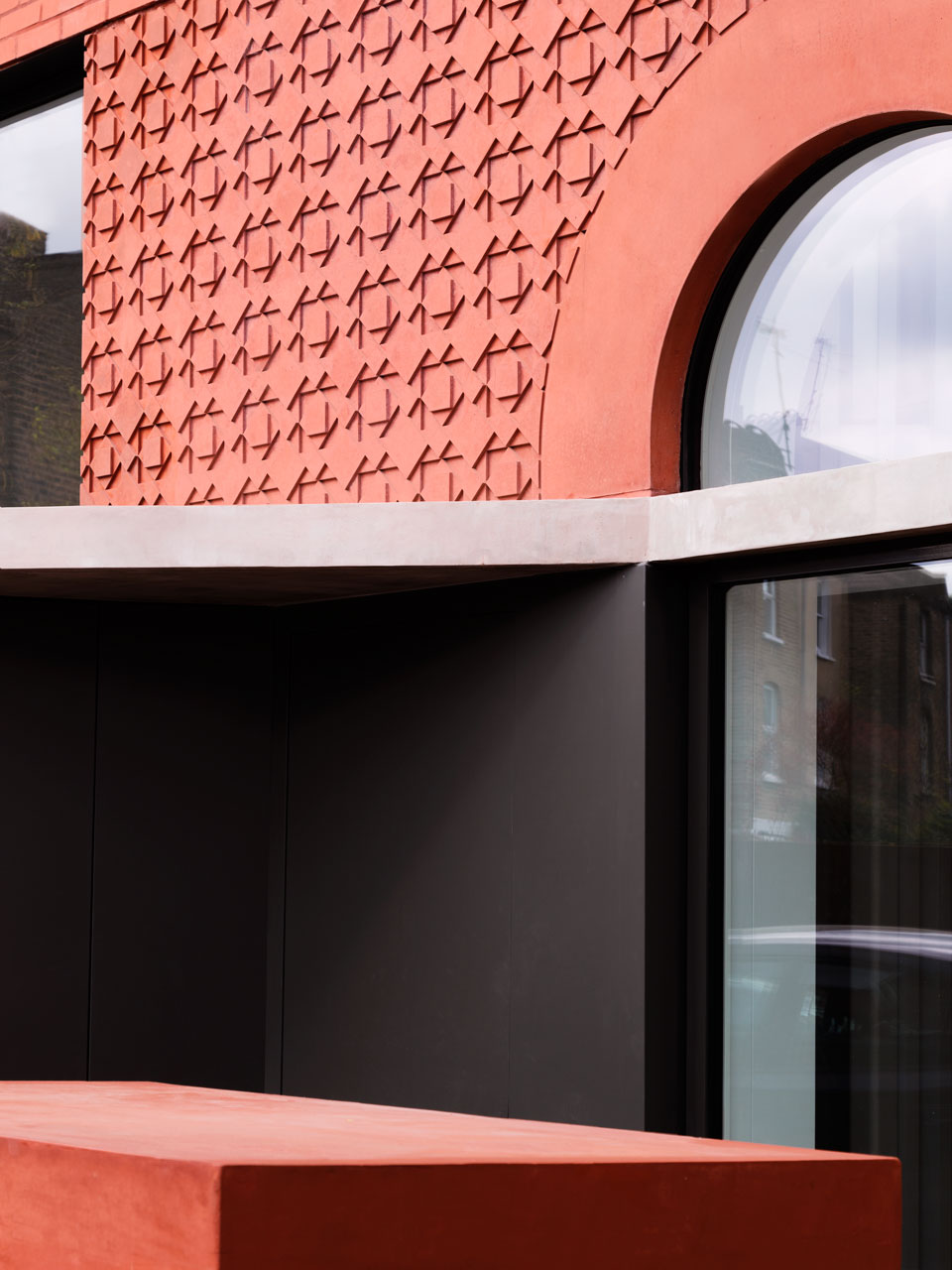

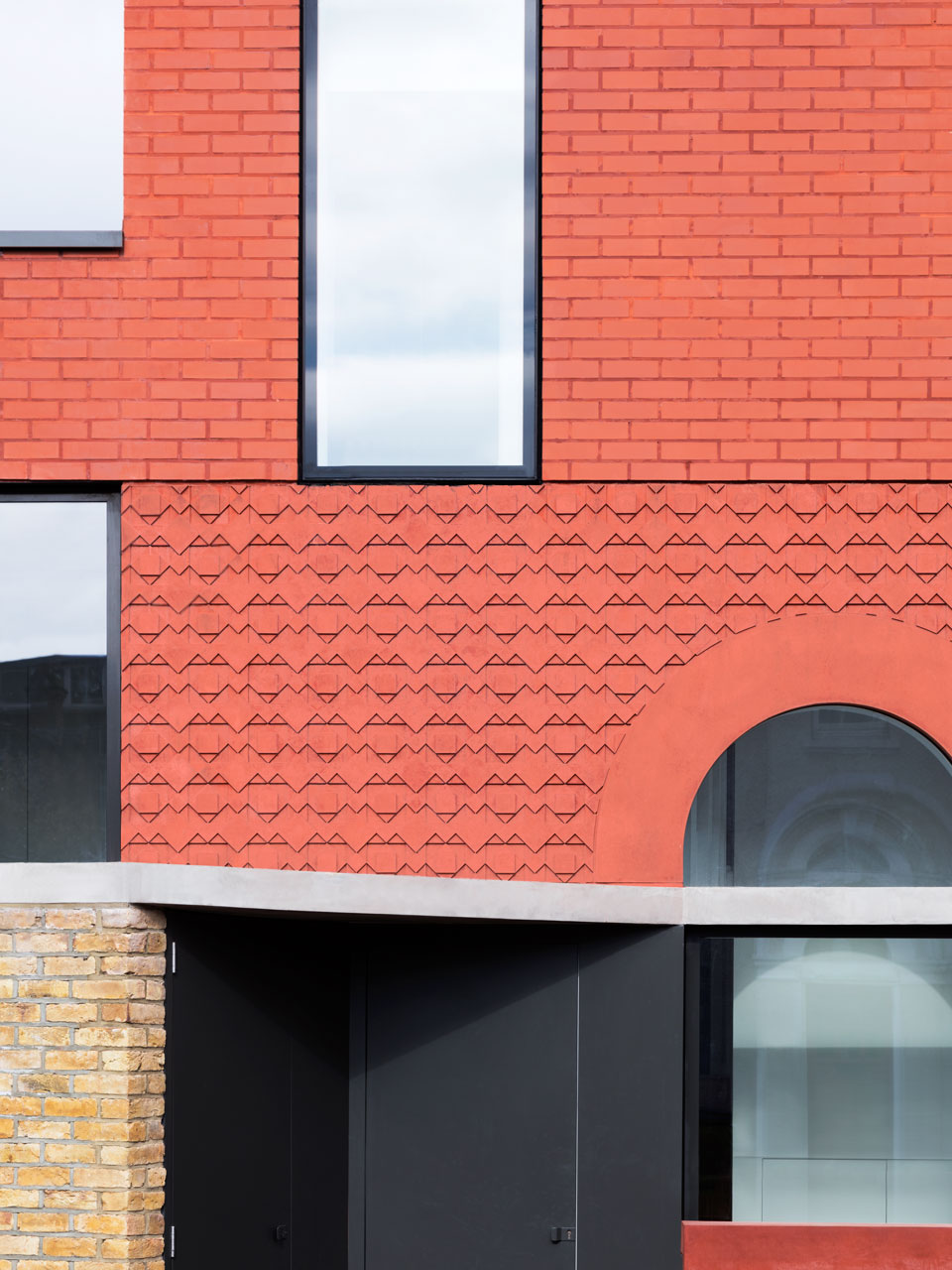

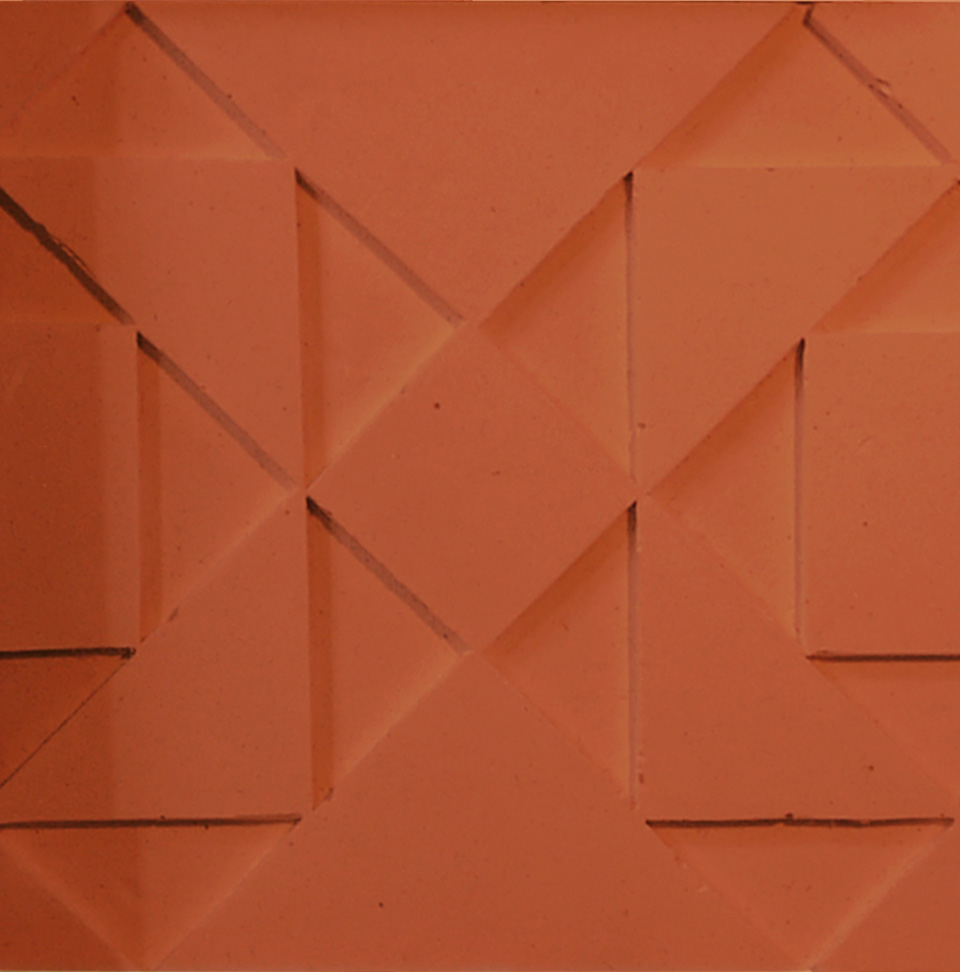

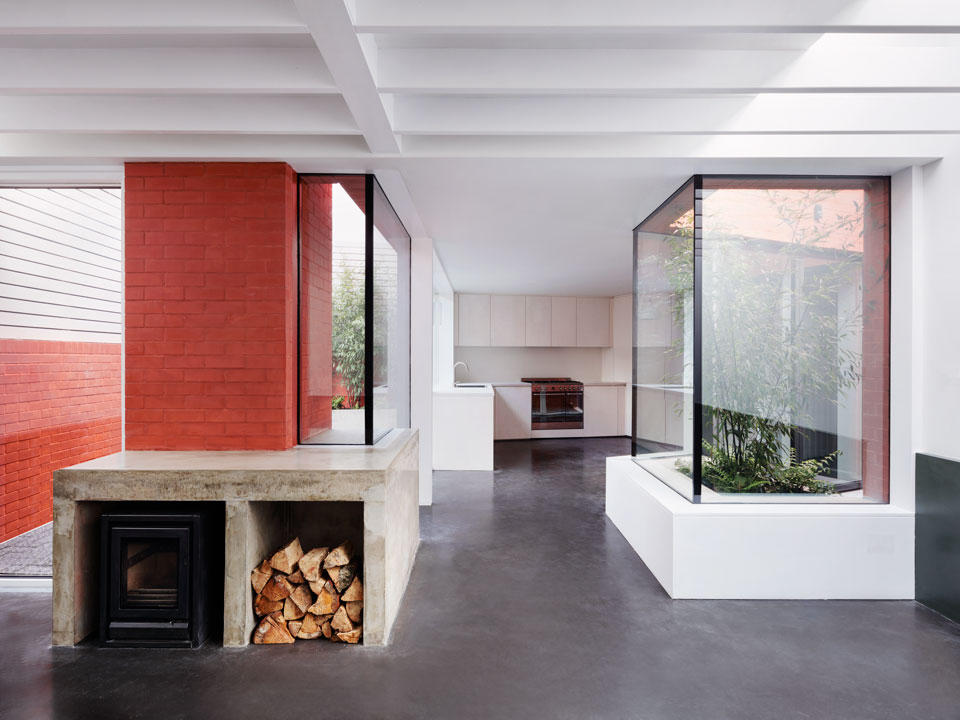
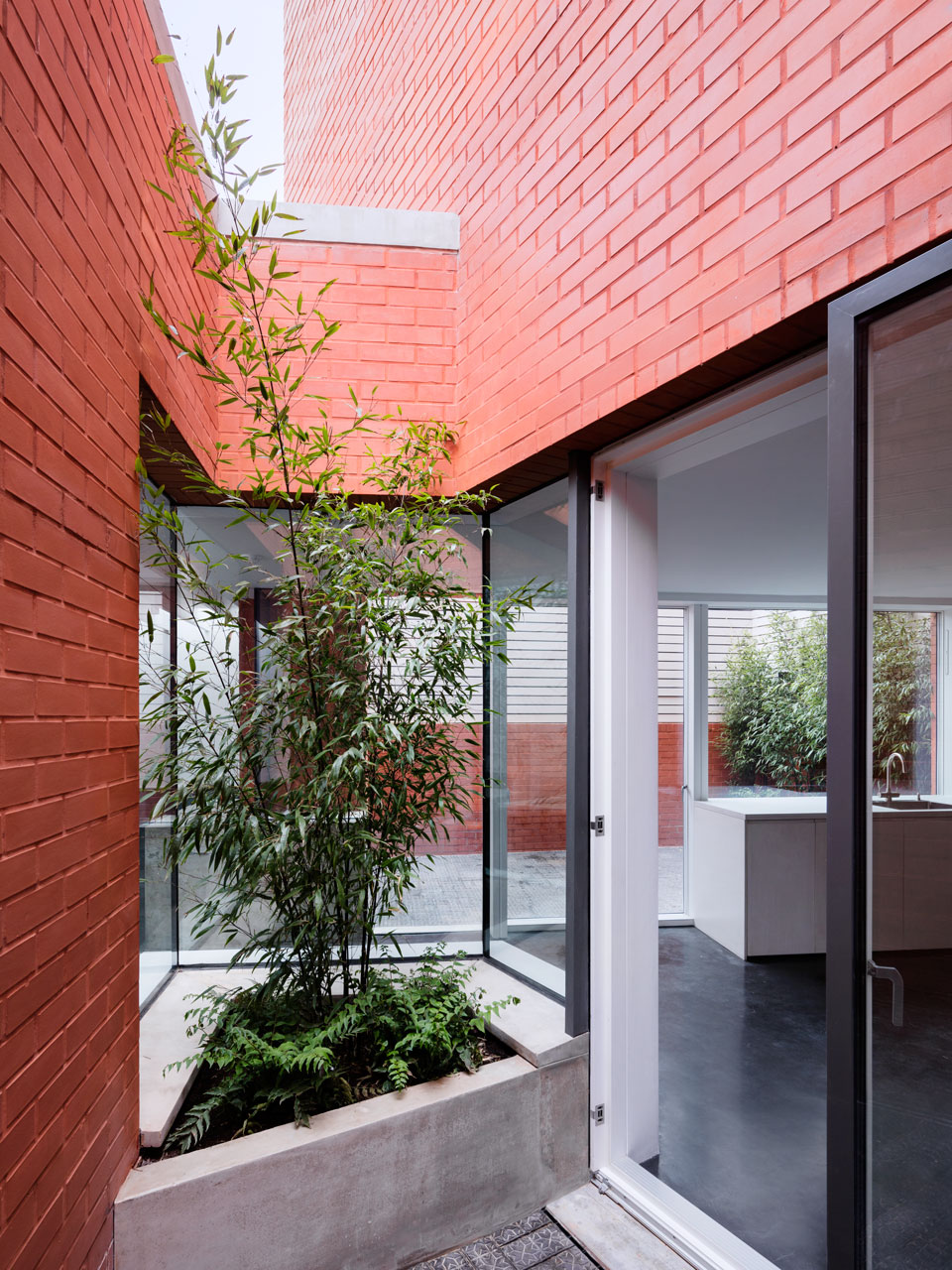
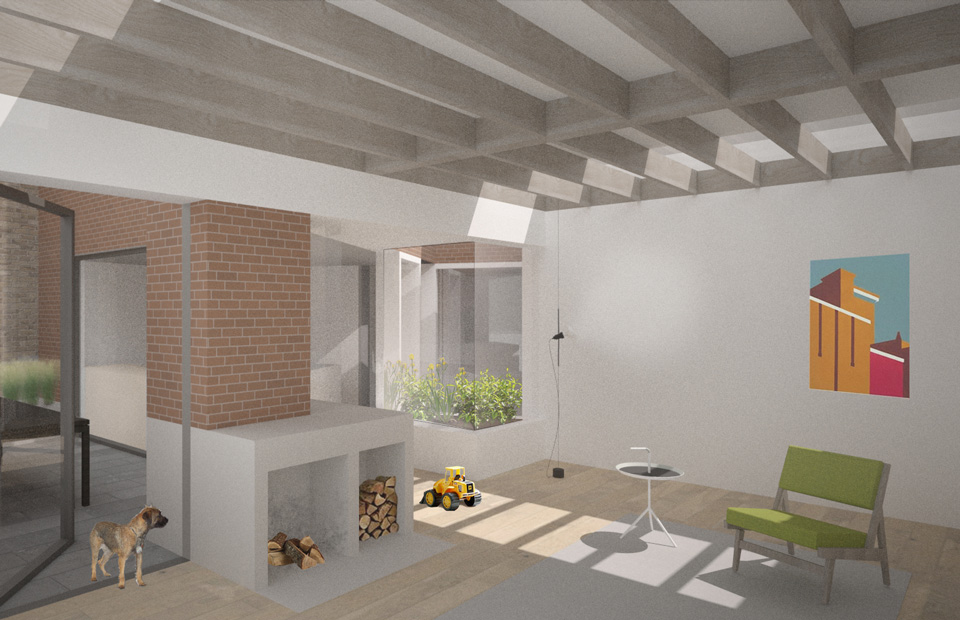
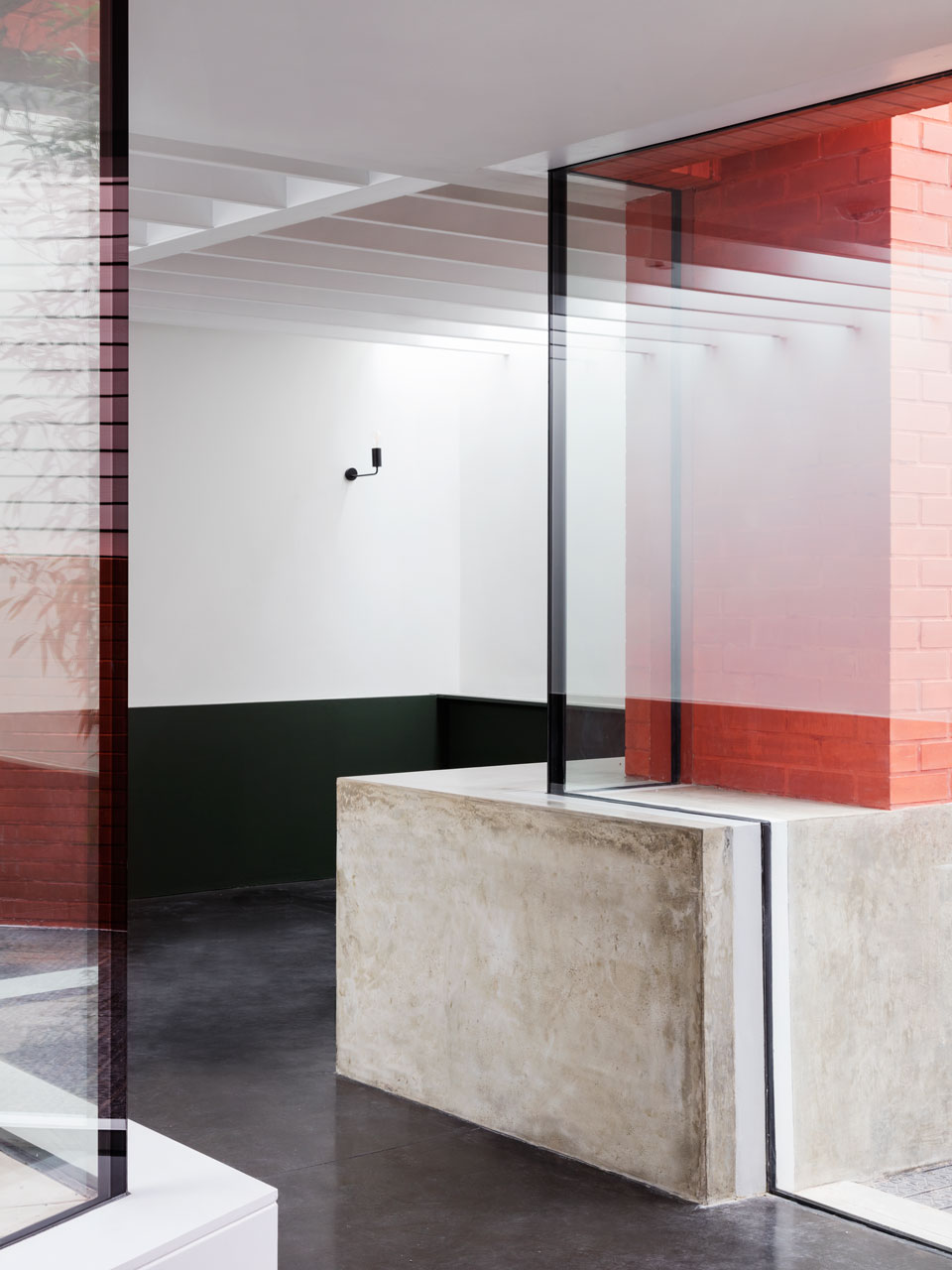
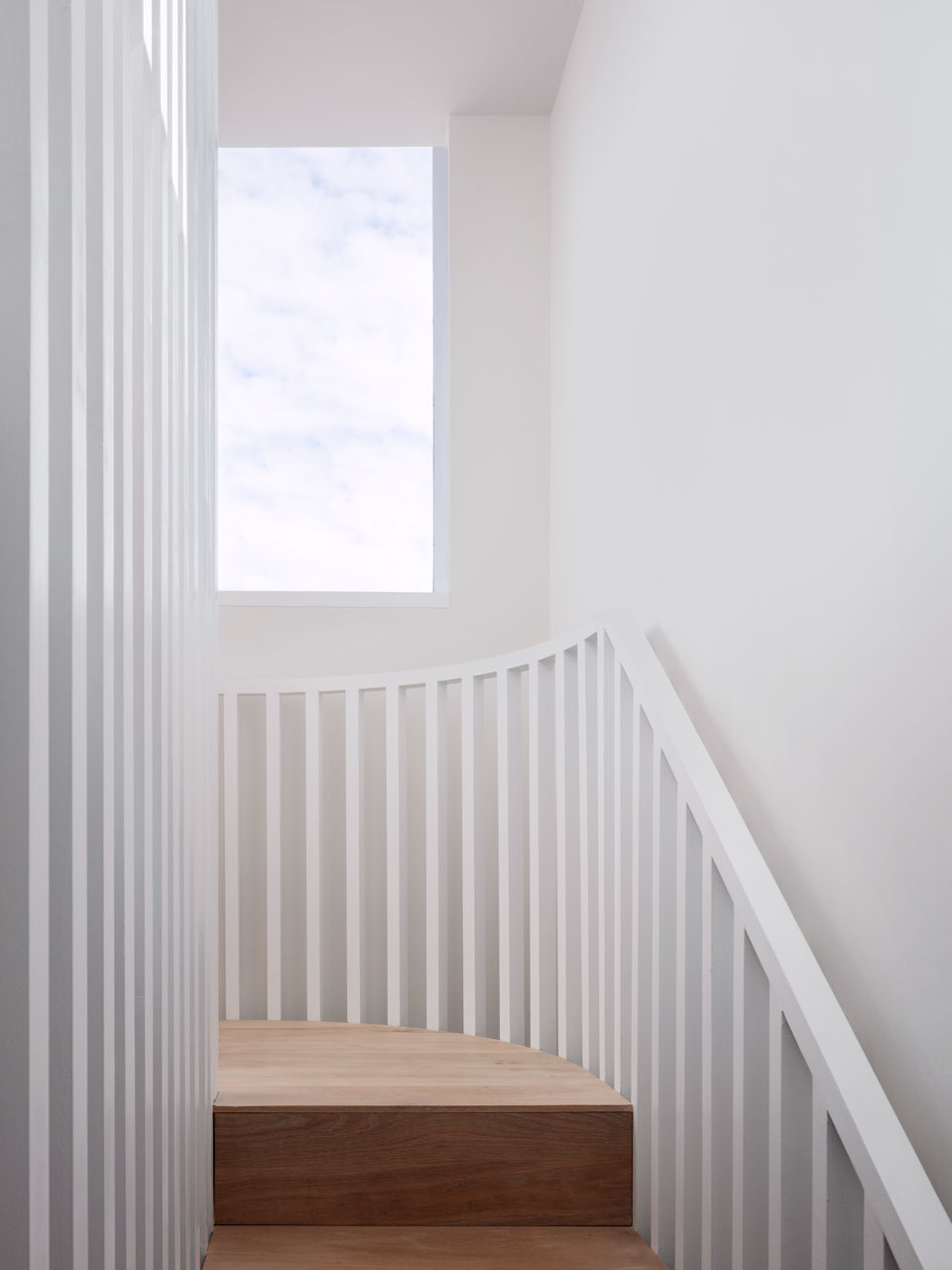
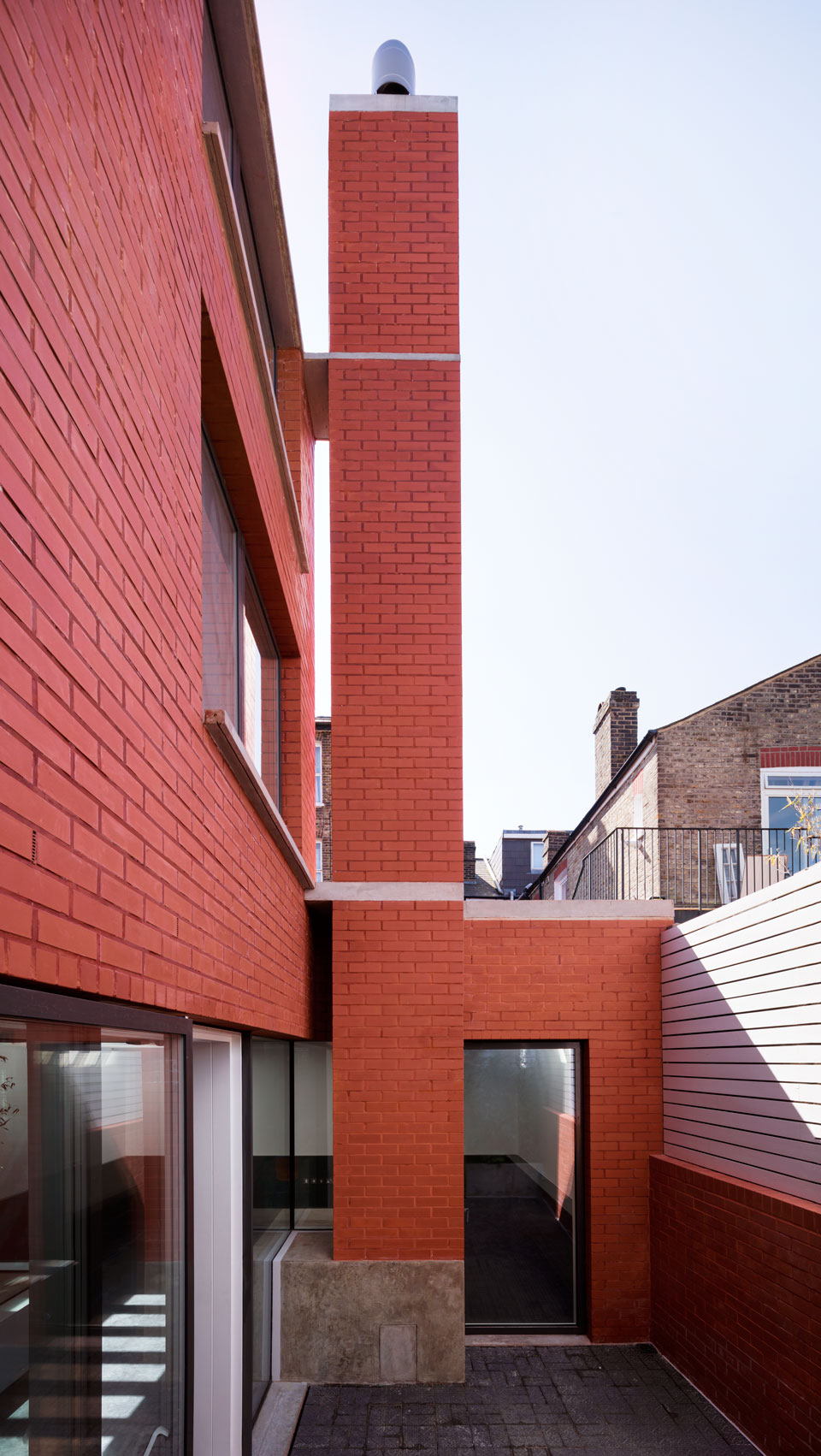


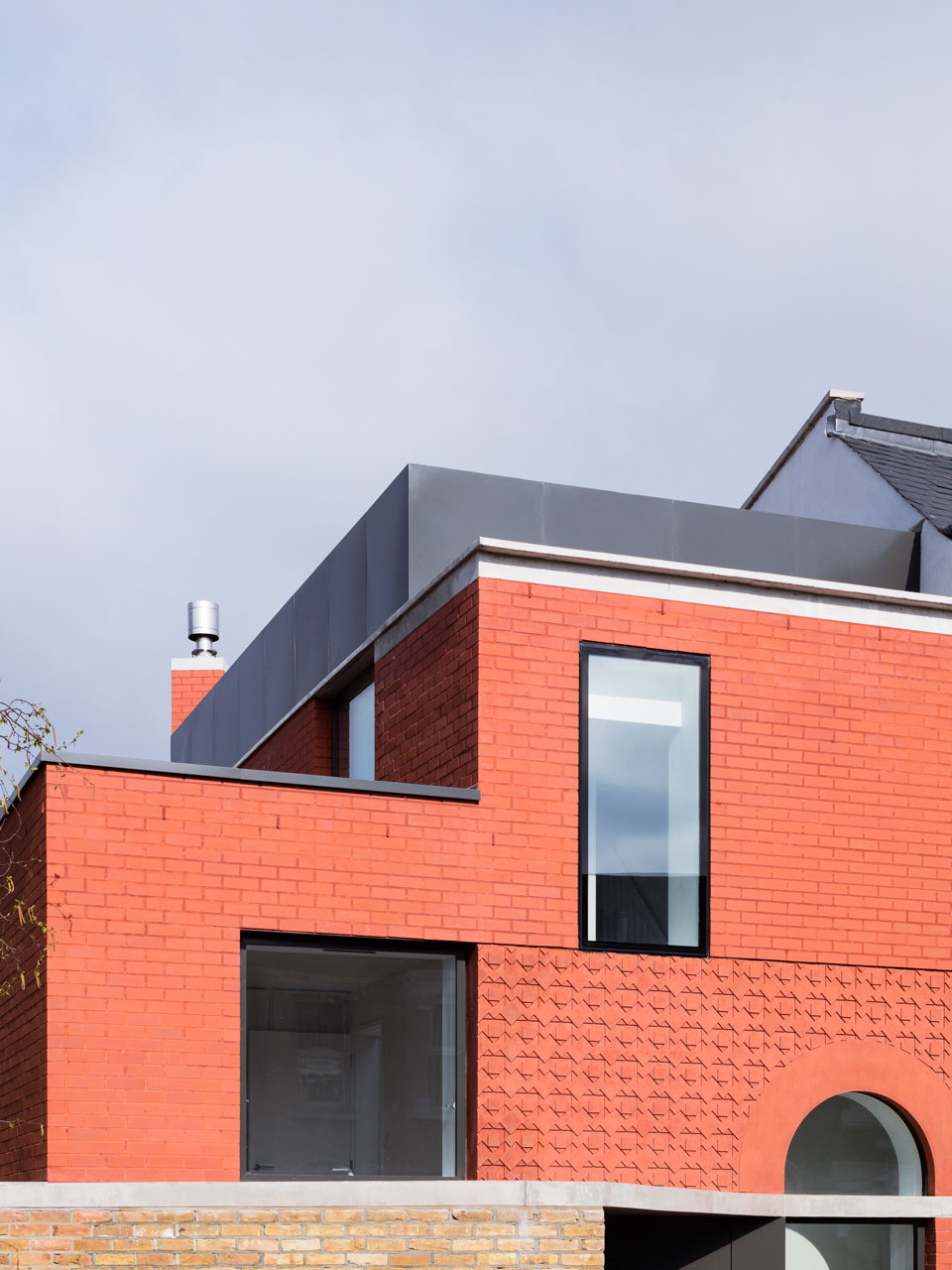
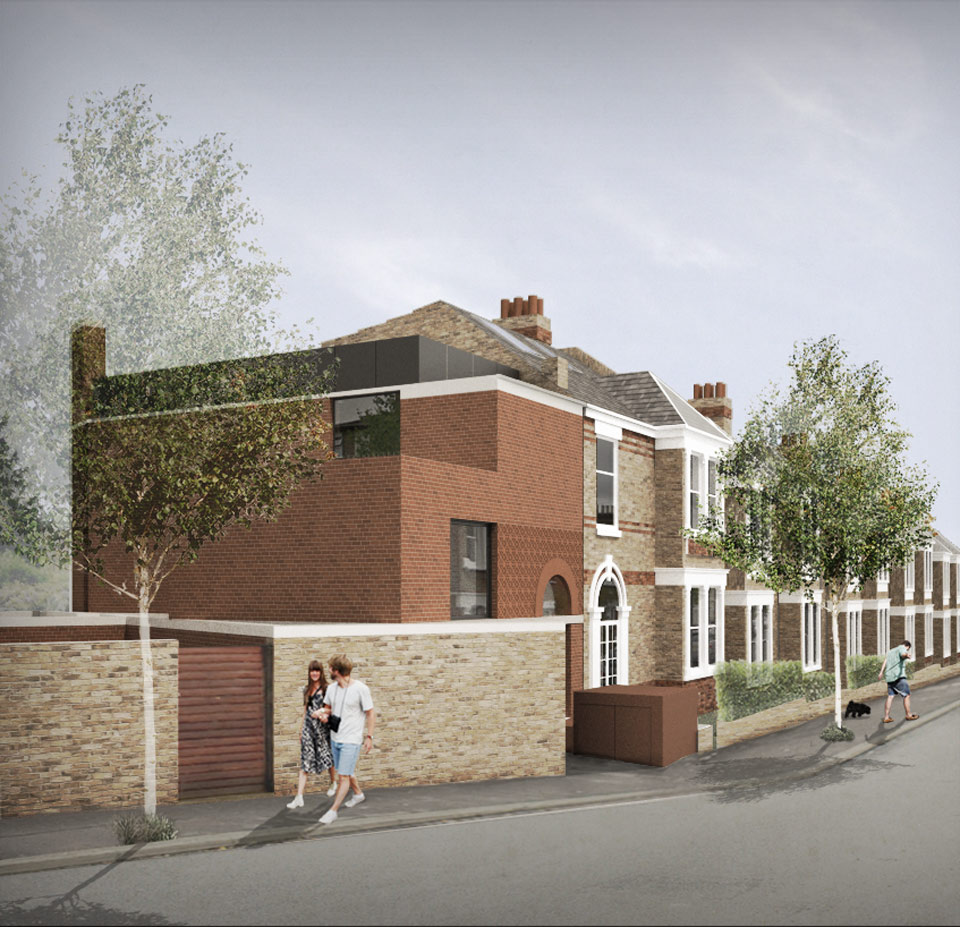
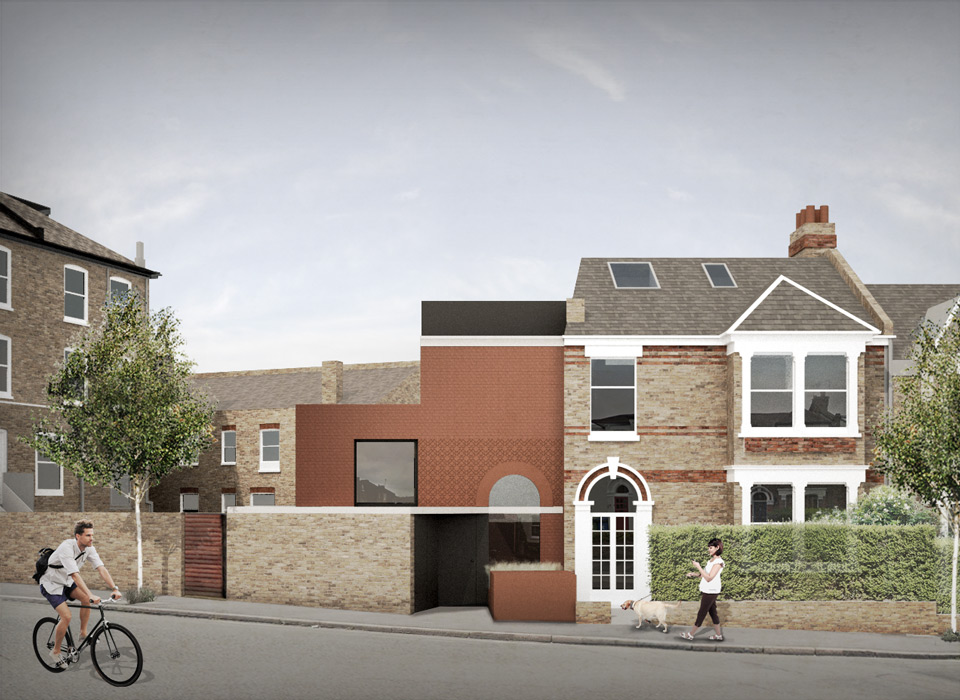
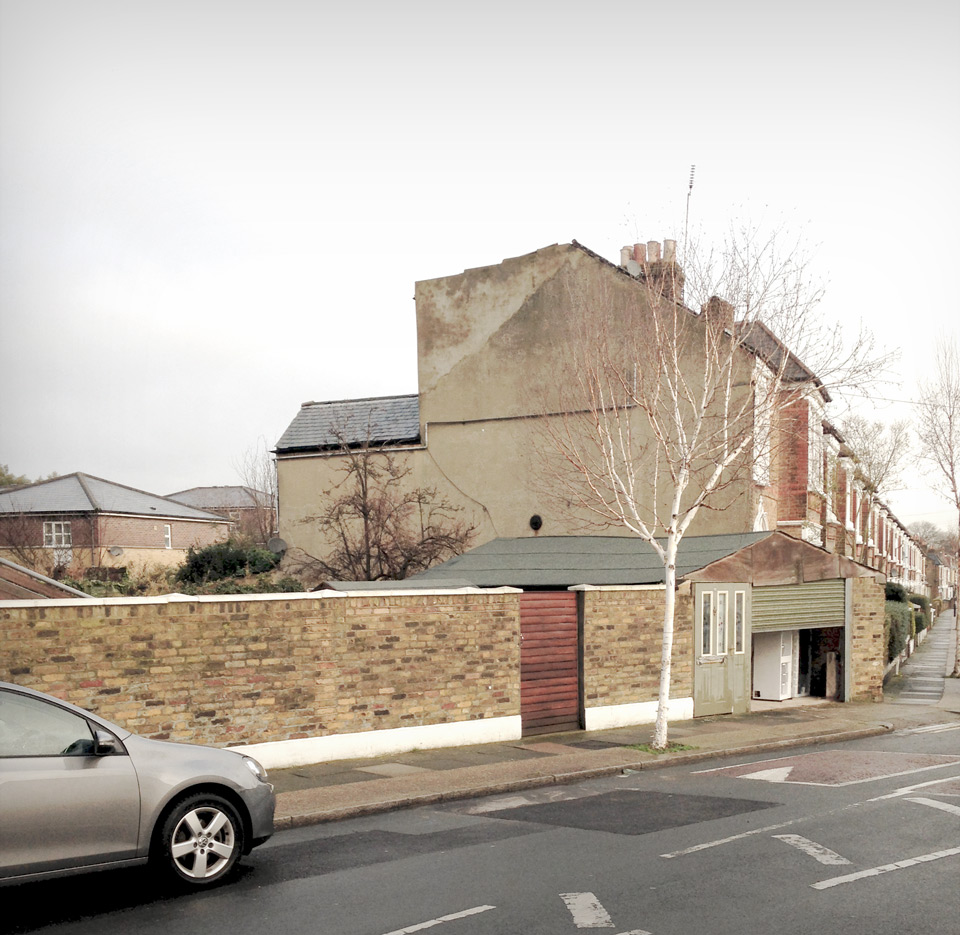
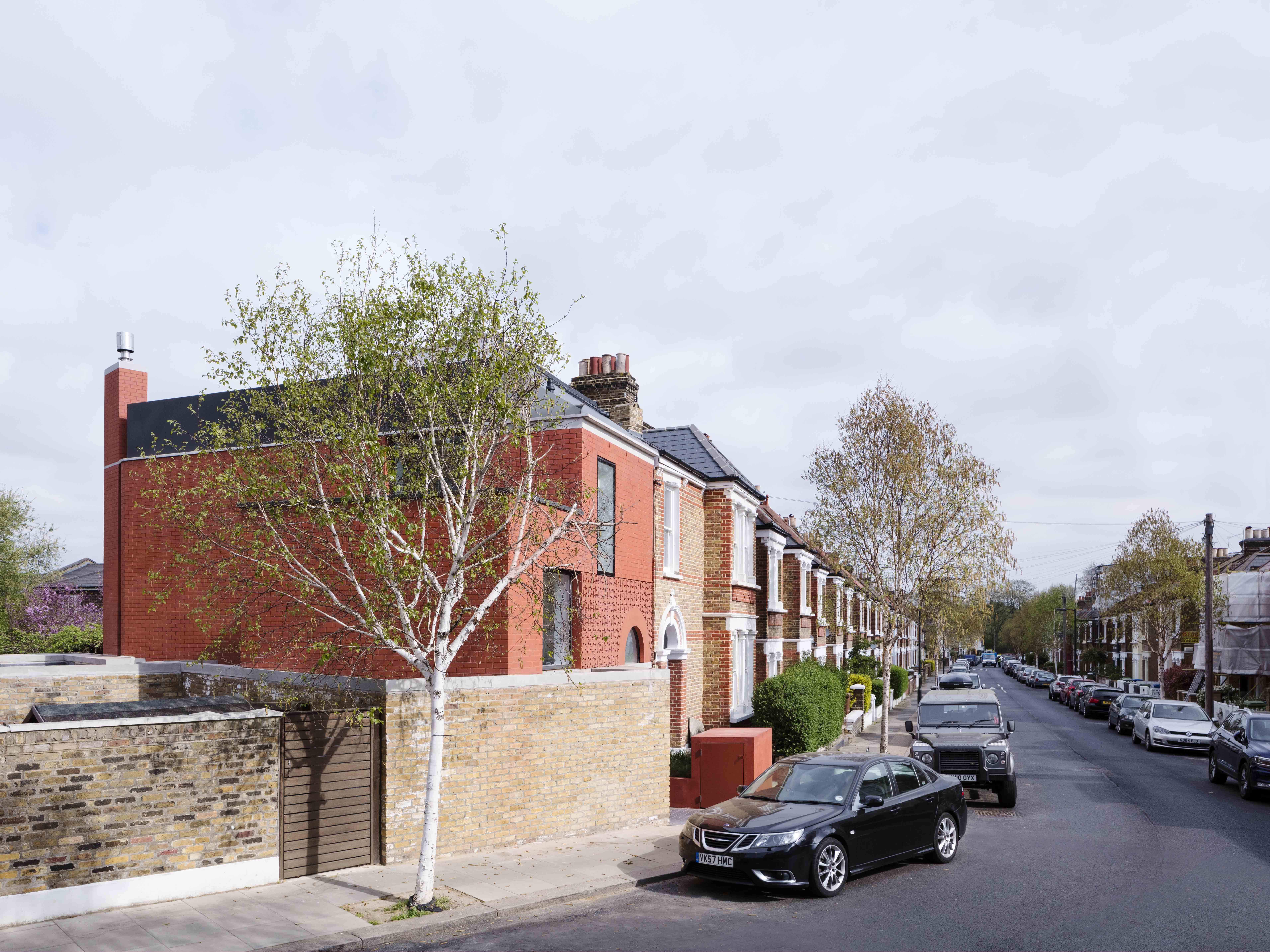

This three-bedroom speculative residential development, is woven into the surrounding fabric of the city. The design began as an act of continuity, adopting familiar motifs from the adjacent houses. The result, however, is distinct and contemporary. The familiar arch is repeated but partially blocked to become a window, not the front door, with the latter hidden in the adjacent shadows. We enjoy this subversion: it brings the qualities of the existing houses into sharp focus as much as it quietly sets our new building apart from them. The arch is formed with a single piece of precast concrete – a material which allowed us to reveal its depth by casting a pattern within its surface (the pattern itself is taken from a common decorative Victorian floor tiling pattern). Referred to as ‘Ruskinian’ by Dr Timothy Brittain-Catlin because of its attitude towards the ‘decoration of construction’, we feel that Red House aligns with A.W.N. Pugin’s statement that “it is alright to decorate construction but never construct decoration.” The neighbouring houses had become part of the overlooked, seemingly ‘normal’, background. The presence of decoration in the new house highlights the ornate quality in the existing. The new draws the old into the foreground once more.
Red House has been recognised with the following awards and nominations:
EU Mies van der Rohe Award 2019, nominee
The Manser Medal 2018, winner
RIBA London Small Project of the Year 2018, winner
RIBA London Award 2018, winner
RIBA Stephen Lawrence Prize 2018, shortlisted
RIBA House of the Year 2018, shortlisted
Architects’ Journal House of the Year 2017, shortlisted
Architectural Review Emerging Architecture Prize 2017, shortlisted
Red House has also been featured in The Architectural Review, Brick Bulletin, The RIBA Journal, Detail, Dezeen and The Architects’ Journal.
Photography by Rory Gardiner
